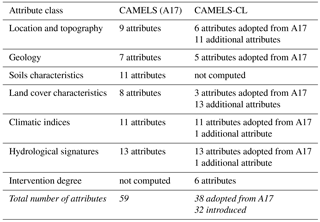

In the table of contents, right-click the layer or table you want to join, point to Joins and Relates, then click Join.If the target table is the attribute table of a layer, features that don't have data joined to them are not shown on the map.

With the keep only matching records option, if a record in the target table doesn't have a match in the join table, that record is removed from the resultant target table. If a record in the target table doesn't have a match in the join table, that record is given null values for all the fields being appended into the target table from the join table. When joining tables, the default option is to keep all records. You can perform a join with either the Join Data dialog box, accessed by right-clicking a layer in ArcMap, or the Add Join tool.įield properties, such as aliases, visibility, and number formatting, are maintained when a join is added or removed. The name of the field does not have to be the same, but the data type has to be the same you join numbers to numbers, strings to strings, and so on. Typically, you'll join a table of data to a layer based on the value of a field that can be found in both tables. Although the theory of modeling says that you should never include derived data or do so only sparingly, break the rules when you must and at least record the fact that the attribute is derived and state the derivation algorithm.Joining attributes in one table to another It can also be very useful in discussing the model with those in the business. There are situations, where it makes sense to record derived data in the model, particularly if the data is expensive to compute. If “age” was not recently updated, it might give you the wrong answer, and there would always be the potential for conflicting answers. Then, when you ask the question, “How old is this CHILD?” you can directly access “age” and get an answer, or you can subtract “birth-date” from “today's-date.” If you did the subtraction, you would always get the right answer. ‘date of the birth present as an attribute. For example The age of the student can be calculated from. derived or calculated with the help of other attributes present themselves. A derived attribute as the name suggests is the one that can be.


And suppose that the “age” attribute is only changed in the database during an end of month maintenance job. In this article, we will learn about Derived Attribute in DBMS. If you can get an answer two different ways, it is possible that the two answers will be different.įor example, you can choose to record both the “birth-date” and the “age”for CHILD.
#Mapublisher attribute table derived from permenant manual
If you know the value of a derived attribute, and you know the algorithm by which it is derived and the values of the attributes used by the algorithm, then there are two ways to know the fact (look at the value of the derived attribute, or derive it by manual calculation). This creates a large overhead in an application that does batch loads or updates, for example, and puts the responsibility on application designers and coders to ensure that the updates to derived facts are performed.Ī goal of normalization is to ensure that there is only one way to know each fact recorded in the database. To be accurate, derived attributes need to be updated every time their derivation sources are updated. This is because “age” is functionally dependent on “birth-date.” By knowing “birth-date” and the date today, you can derive the “age” of the CHILD.ĭerived attributes are those that may be computed from other attributes, such as totals, and therefore you do not need to directly store them. For example, if you included both a “birth-date” and an “age” attribute as non-key attributes in the CHILD entity, you violate third normal form. Normalization Problems and Solutions › Common Design Problems › Derived AttributesĪnother example of conflicting facts occurs when third normal form is violated.


 0 kommentar(er)
0 kommentar(er)
